Oil: Keeping Atlantic Drilling Ban Meets Climate Goals
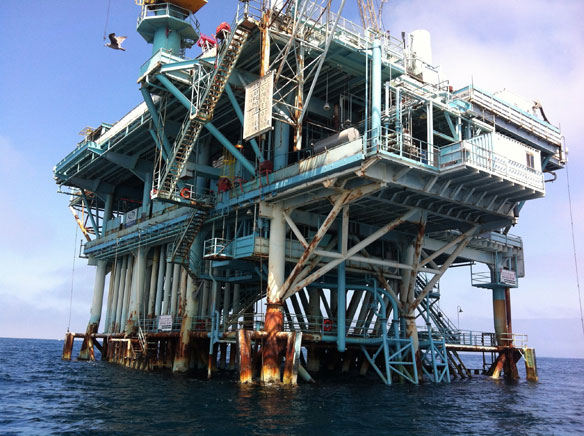
With much of the Atlantic and Arctic waters no longer up for grabs for offshore drilling, the U.S. is on the right track to keep global warming below 2 degrees Celsius by 2040.
As Climate Change Accelerates, Floating Cities Look Like Less of a Pipe Dream
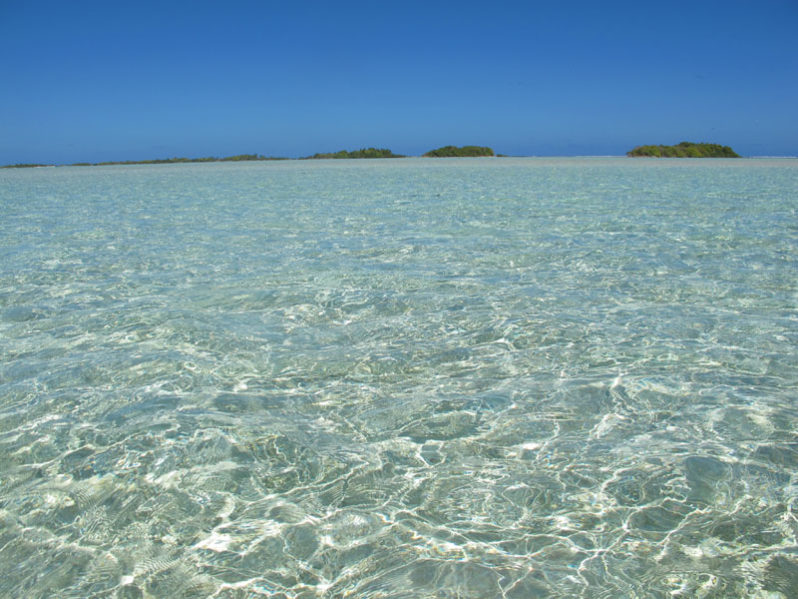
A plan to respond to climate change by building a city of floating islands in the South Pacific is moving forward, with the government of French Polynesia agreeing to consider hosting the islands in a tropical lagoon. But the project has critics in French Polynesia and beyond.
Kenya: Marine debris threaten to suffocate sea animals
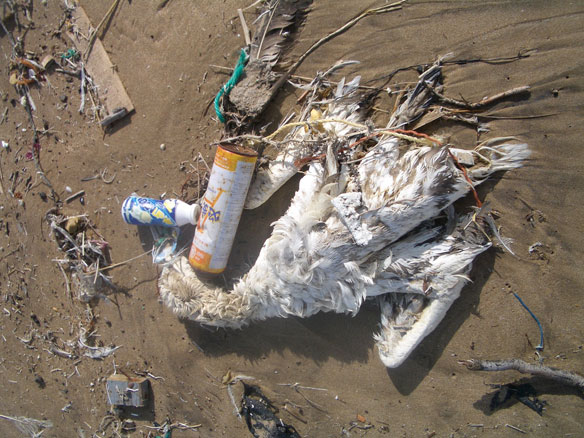
Marine researchers spotted a dolphin suffocating in a plastic bag last week in Watamu, Kenya. The incident, the first to be witnessed there, has raised concern on the safety of the millions of sea animals in the Indian Ocean waters due to the increased cases of plastic waste.
The Treacherous and Productive Seas of Southern Africa

The convergence of two ocean currents—one warm and one cold—in the shallow waters of Agulhas Bank produces turbulent and unpredictable waters.
Japan’s Largest Coral Reef Is Dying

More than 90 percent of the corals in Sekiseishoko reef, located in the Ryukyu Islands near Okinawa, were discovered to be at least partially bleached when surveyed in November and December. About 70 percent of the reef’s living corals were found to have died.
Changes in Rainfall, Temperature Expected to Transform Coastal Wetlands This Century
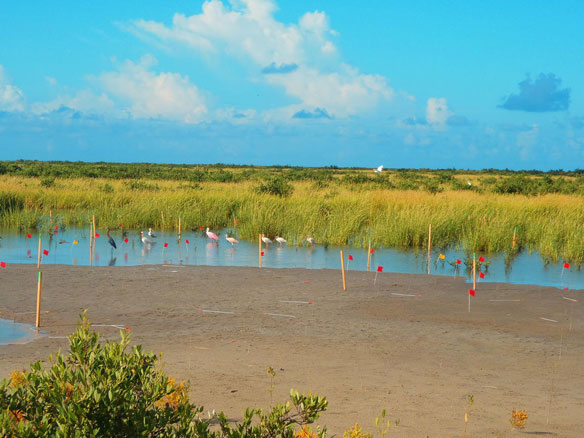
Sea-level rise isn’t the only aspect of climate change expected to affect coastal wetlands: changes in rainfall and temperature are predicted to transform wetlands in the Gulf of Mexico and around the world within the century. These changes will take place regardless of sea-level rise.
Plastic you can drink: A solution for pollution?
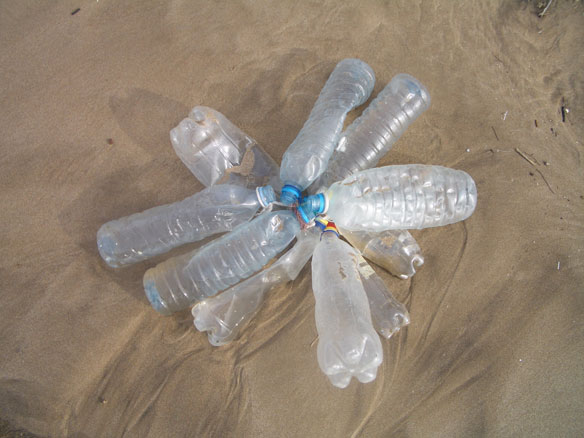
Entrepreneurs from Bali, studied the emerging field of bioplastics and devised their own recipe using cassava starch, vegetable oil, and organic resins. The resulting “100% bio-based” material was biodegradable and compostable, breaking down over a period of months on land or at sea, or instantly in hot water.
An Engineer Explains Why Trump’s Wall Is So Implausible

A New York-based structural engineer, estimated that a 1,900-mile concrete wall – seemingly Trump’s original plan – would require about 339 million cubic feet (12.5 million cubic yards) of concrete. That is three times more than the Hoover Dam, that would be greater in volume than all six pyramids of the Giza Necropolis, and such quantity of concrete could pave a one-lane road from New York to Los Angeles, going the long way around the Earth.
Sea level rise will disproportionately hit U.S. this century, NOAA warns

Global sea level rise is unfolding at a stunning pace, and a new report from the National Oceanic and Atmospheric Association (NOAA) says the U.S. will find itself directly in the crosshairs. Over the coming decades, some parts of the nation’s coastline will be hit harder than others.
